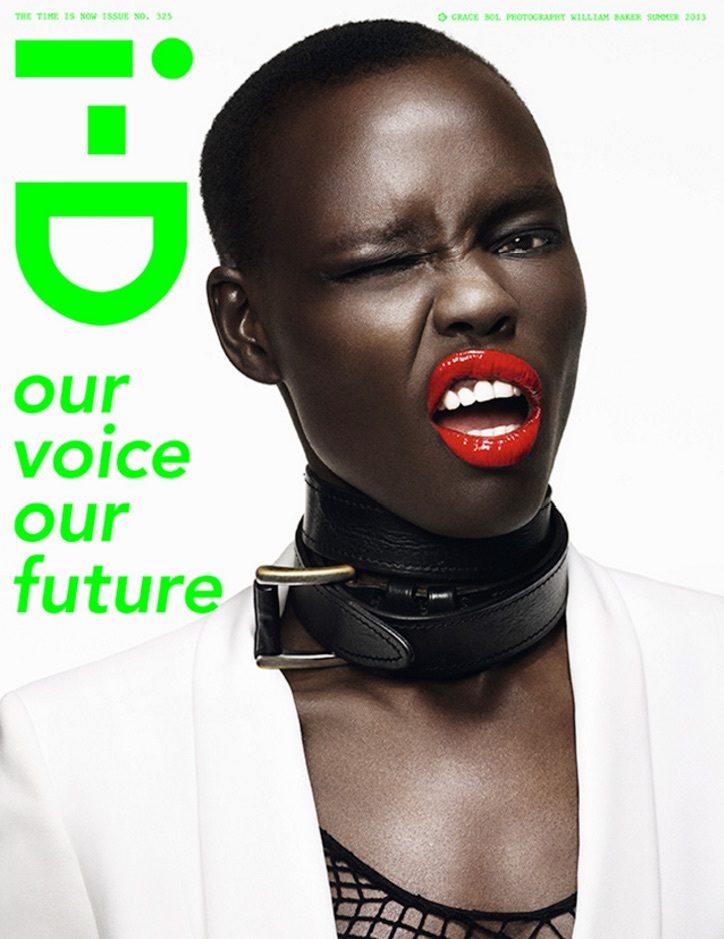The fashion industry is renowned for perpetuating unrealistic standards of female beauty. Amongst these is the image of long, glossy tresses – perhaps one of the most stereotypically ‘feminine’ ideals upheld by the industry today. But along the way, a number of notable game changers have also stood for change in this regard. These are the women whose strikingly unique aesthetics have challenged the paradigm of fixed female beauty, offering a refreshing new perspective. Fortunately, it seems that now more than ever, there’s an increasing number of women offering new definitions of beauty for the modern consciousness. In order to celebrate some of these women, though, it’s also important to look back at those that first paved the way. The pioneers that broke the stereotypical beauty rubric by introducing shaved heads to the overall fashion landscape.
Historically speaking, shaving one’s head has been tied up with all sorts of symbolism. Overwhelmingly, it seems to have represented that which exists outside of mainstream popular culture. In the context of Christian or Buddhist monks, for example, their bare-headedness stood for the renunciation of worldly pleasures. And over the years this image has also come to represent aggression via skinheads or war faring citizens; an abandonment of ‘femininity’ in the milieu of queer identity; or the mark of the slave as far as ancient Greek literature is concerned. Meanwhile, trauma and illness both remain difficult to escape as intrinsically linked to hairlessness, even today. But, although shaved heads for men have become much less nuanced and more accepted over time, this is an area that’s remained somewhat more political where women are concerned.

Today, the cult of celebrity has made increasing numbers of women pine to look just like the exact same celebrities. Not only that, but modern developments in general, and plastic surgery in particular, have actually brought these desires into the realm of possibility. So what does this mean for the state of individualism? Well, basically that it’s under constant threat of disappearing altogether. It is for this reason that women who challenge the norm are more important now than ever before. Models like the Kentish face of Saint Laurent, Ruth Bell, or Australia’s own Ajak Deng represent a new kind of strength today that is somehow just lacking in the swinging locks of Kendall Jenner and co. Their beauty seems ever magnified by their lack of hair, too, because there’s a personality about them that manages to speak volumes.
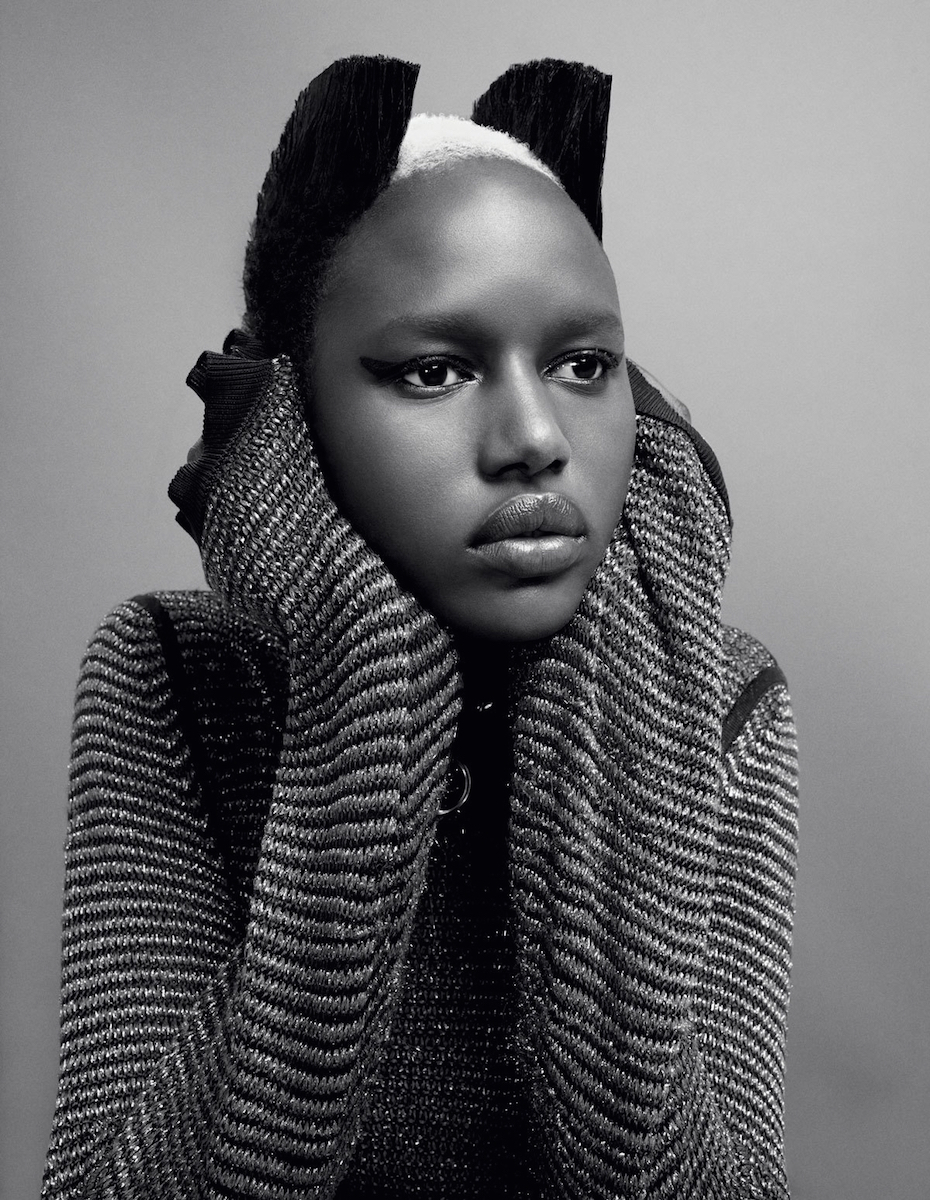
Looking back at it, chances are that we wouldn’t have incredible models like Bell and Deng walking the runways today if it weren’t for the bold women that broke the mould before them. Seventies fashion model Pat Evans is one that especially comes to mind here. One of the earliest models to really own the look, it was her distinctive shaved head that first got her discovered while walking around New York’s Washington Park in 1969. Much wig wearing, though, punctuated her early years of modelling. Until the fateful day that the wig slipped off at a Stephen Burrows go-see, after which the rest is history. Burrows asked her to keep the look for his runway show and, defying her agency’s wishes, Evans agreed. This marked both an important moment in fashion and also her career. Of African American and Native American heritage, Evans was a statuesque beauty who stood in stark contrast to the waif-like figures for which the sixties fashion landscape had become renowned. But her unique beauty was also far more interesting, if you ask me.
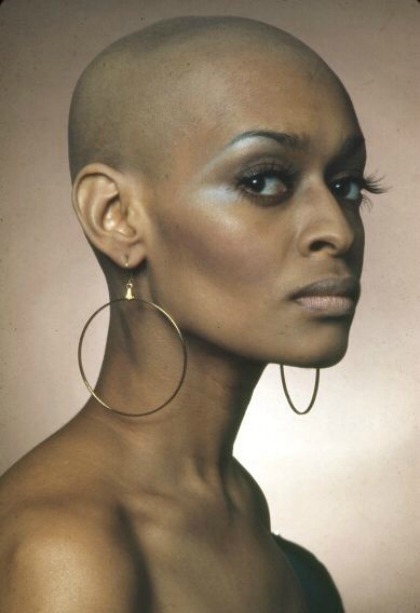
Another momentous occasion in shaved head runway appearances was when Ève Salvail walked for Jean Paul Gaultier’s spring/summer 94 show. Not only was her head bare, but this also revealed a striking dragon tattoo on her scalp. Despite the shock of attendees, though, no one could quite ignore Salvail’s arresting beauty. It was less that it existed in spite of her shaved head and more that it was inextricably complemented by it. Of course, in the years between both of these runway moments, pop culture also worked in favour of women with shaved heads. Pop icons like Grace Jones and Sinéad O’Connor each made this look their own, serving to further reinforce the statement as symbolic of undeniable female strength.
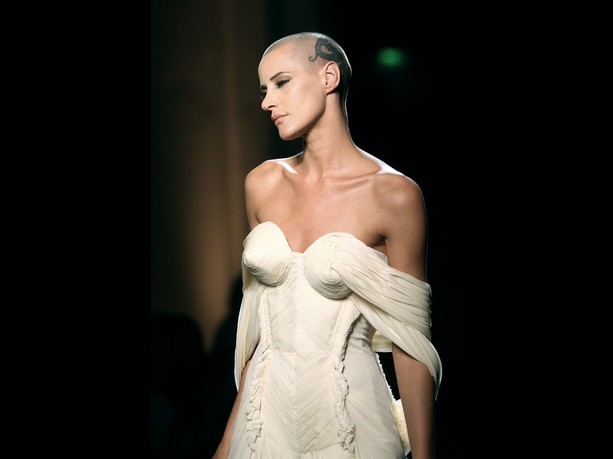
When British model Agyness Deyn first arrived on the scene around 2007, her commanding beauty also felt in contrast to the soft features and slim frames of the modelling ilk at that time. Soon making a name for herself as the ultimate chameleon, Deyn’s hair was dyed everything from blonde, to red and black. But it was her arrival sans hair at Coachella in 2010 that made the most impact of all. Some likened her look to Sinéad O’Connor, or said that it was reminiscent of skinhead culture, but in reality Deyn made the shaved head fiercely her own. It seemed simultaneously a mark of individuality and also a rejection of the beauty ideals upheld by the fashion industry in general. In many ways, it was this that solidified her in our hearts forever.
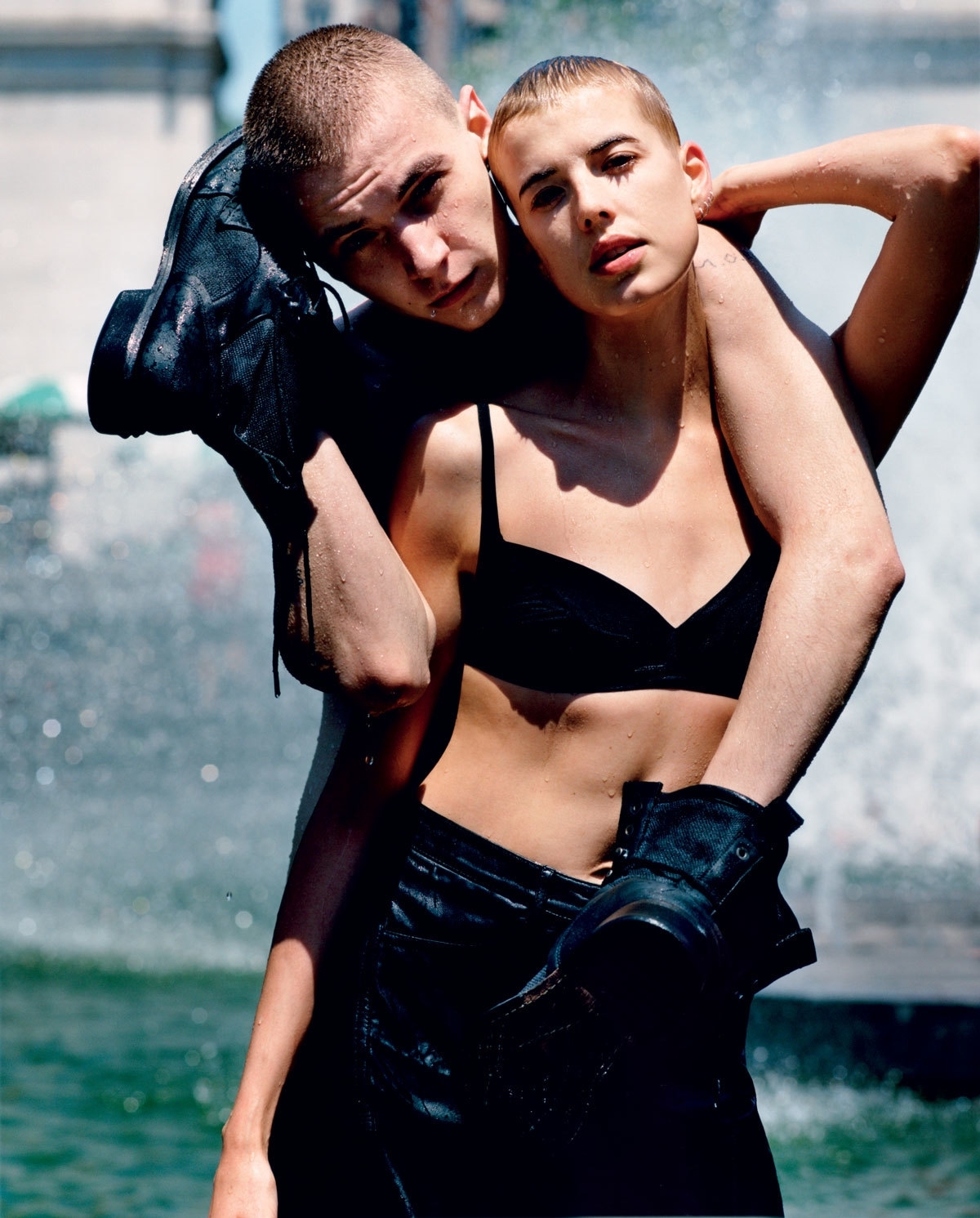
As recently as last year, fashion industry insiders have continued to make political statements by way of their hair, too. In 2014, then 72-year-old fashion designer Vivienne Westwood shaved her head for climate change, making her look more striking than ever. And today we have a crop of new models that are following in the footsteps of Westwood and Deyn. Their shaved heads say something different about each of them, even if we aren’t always privy to exactly what. Undeniably, it was early models like Alek Wek of the nineties, for example, that paved the way for today’s statement-makers. For the likes of Sudanese beauty Grace Bol or Germany’s Kris Gottschalk – who suffered a horrific motorcycle accident earlier this year. Ultimately, these are the girls that stick in our minds; not least of all because their distinctive looks really manage to tell a story.
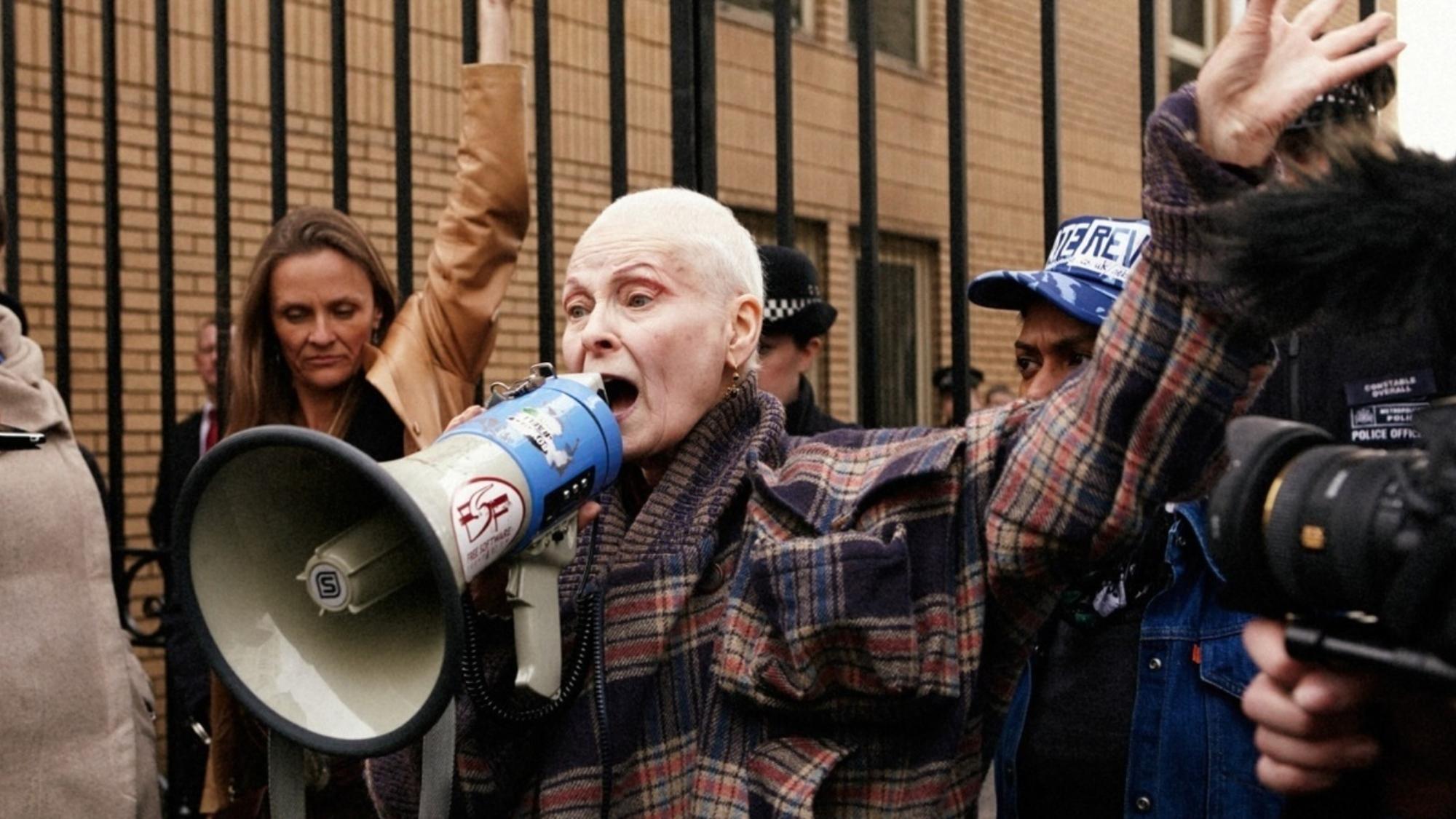
As we continue to lose sight of geographically defined subcultures such as skinheads, a shaved head now seems to mean something less specific and more symbolic. In many ways, it is by way of fashion that this shift has been possible. Finally shirking the negative connotations once and for all, the look has reemerged as a beautiful statement of both rebellion and individuality; a boldness in its own right. Women who have cut off all their hair often describe watching their locks fall to the floor as if watching their symbolic loss of identity. But I would argue that a woman with a shaved head is anything but identity-less. Quite the opposite, in fact, she exudes a level of intrigue and confidence that is hard to put a finger on. And this is exactly what we need right now. So obsessed have we become with increasingly unrealistic standards of female beauty that there seems nowhere to go but against the grain. A shaved head represents just this. It is the very antithesis of shiny locks in the vein of Gisele Bündchen or Miranda Kerr. And it’s undeniably a statement of individuality; the bravery to reject trends, but at the same time, a sense of quiet confidence. A woman with a shaved head is comfortable with herself and she refuses to be burdened by society’s expectations of how she should look. Which, in a world of increasing aesthetic homogenisation, is exactly what we are looking for.
Credits
Text Rosie Dalton
